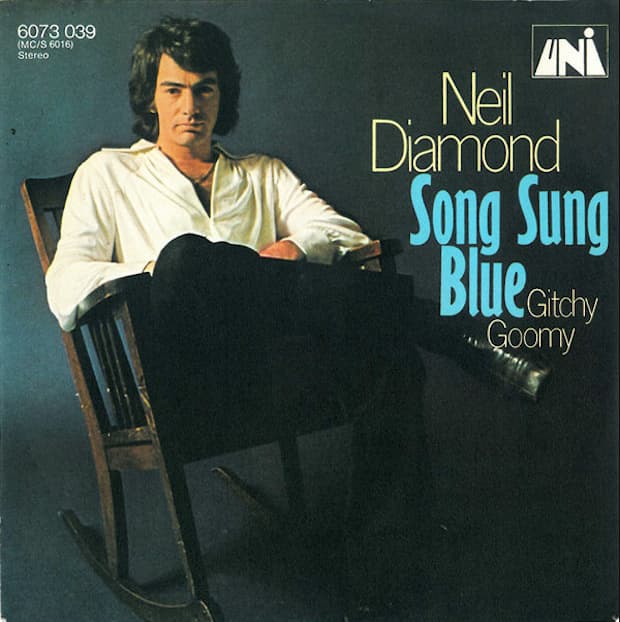
A Timeless Classic: Neil Diamond’s “Song Sung Blue”
In the realm of popular music, there exists a category of songs that transcend time, effortlessly weaving their way into the fabric of our collective consciousness. Neil Diamond’s “Song Sung Blue” is an exemplary member of this elite group, a composition that has resonated with listeners for decades, proving its enduring power to touch hearts and stir emotions.
Released in 1972 as part of Diamond’s album Moods, “Song Sung Blue” emerged as a beacon of hope amidst the tumultuous backdrop of the early 1970s. Its poignant lyrics, infused with a universal message of resilience and transformation, struck a chord with audiences worldwide, propelling the song to the top of the charts and cementing its status as an instant classic.
The song’s genesis can be traced back to the profound impact of Mozart’s Piano Concerto No. 21, particularly its second movement. Diamond, deeply moved by the composition’s emotive power, drew inspiration from its melodies and harmonies, infusing his own creation with a similar depth of feeling.
Lyrically, “Song Sung Blue” paints a vivid picture of the human experience, acknowledging the inevitability of sorrow and heartache while simultaneously offering solace and the promise of renewal. The opening lines, “Song Sung Blue, everybody knows one,” establish a sense of shared understanding, recognizing the universality of emotional pain.
As the song progresses, Diamond delves into the transformative power of music, suggesting that through the expression of one’s emotions in song, catharsis and healing can be achieved. The lines, “When you take the blues and make a song / You sing ’em out again / You sing ’em out again,” encapsulate this notion, emphasizing the therapeutic value of self-expression.
The song’s enduring appeal lies not only in its relatable message but also in its masterful composition. Diamond’s vocals, imbued with a heartfelt sincerity, perfectly convey the song’s emotional depth, while the gentle melody and understated accompaniment provide a soothing backdrop for his poignant delivery.
“Song Sung Blue” has garnered critical acclaim over the years, receiving nominations for two Grammy Awards in 1973. Despite not taking home the top prizes, the song’s recognition cemented its place among the era’s most significant musical achievements.
In the decades since its release, “Song Sung Blue” has become a staple of Diamond’s live performances, a testament to its enduring connection with audiences. Its popularity has extended beyond the original recording, with numerous cover versions performed by artists across various genres, further solidifying its status as a timeless classic.
In conclusion, Neil Diamond’s “Song Sung Blue” stands as a testament to the power of music to heal, inspire, and unite. Its poignant lyrics, masterful composition, and universal message have ensured its enduring legacy, guaranteeing that it will continue to touch the hearts of listeners for generations to come.